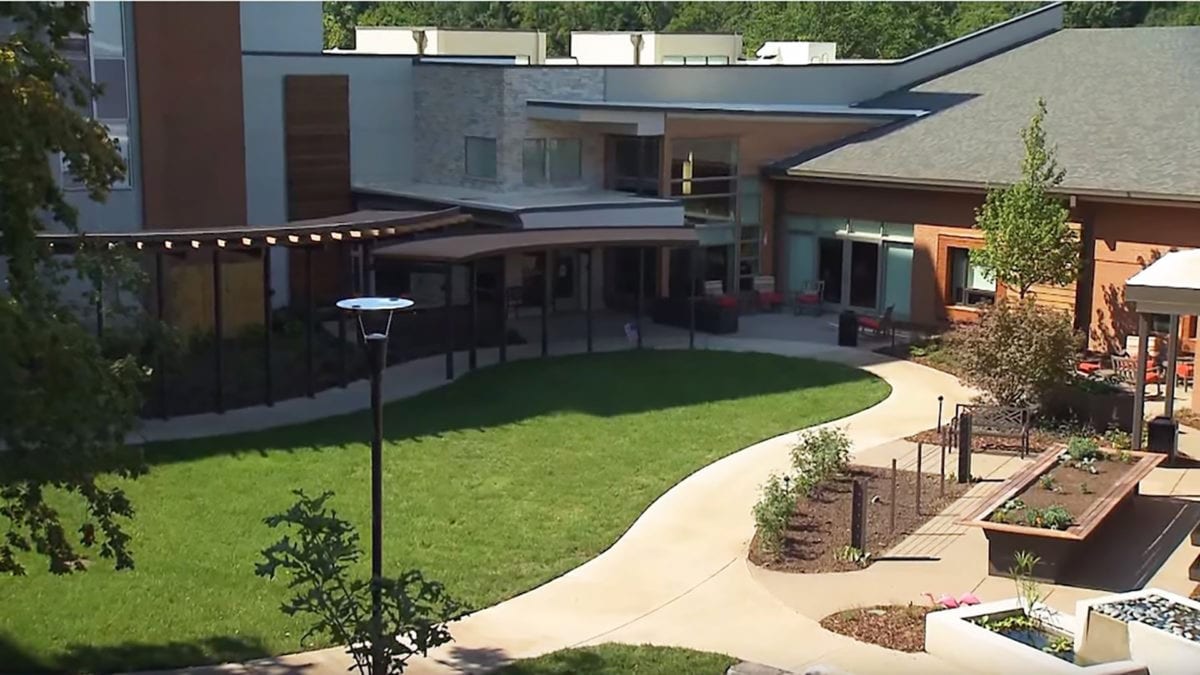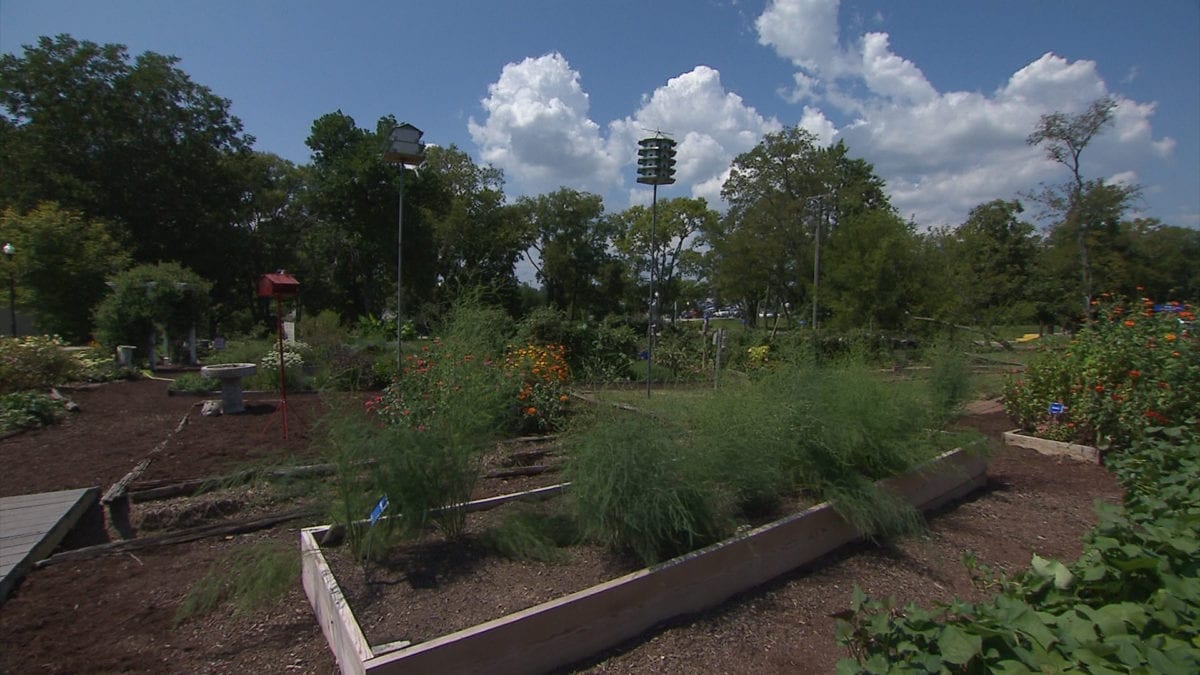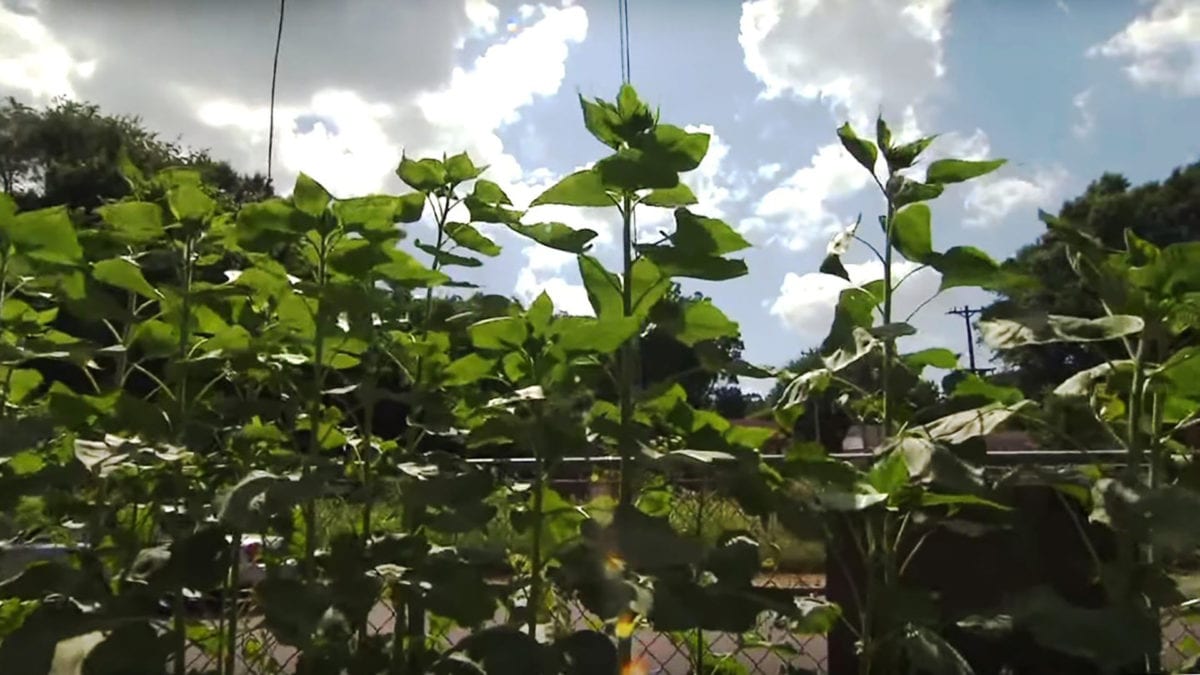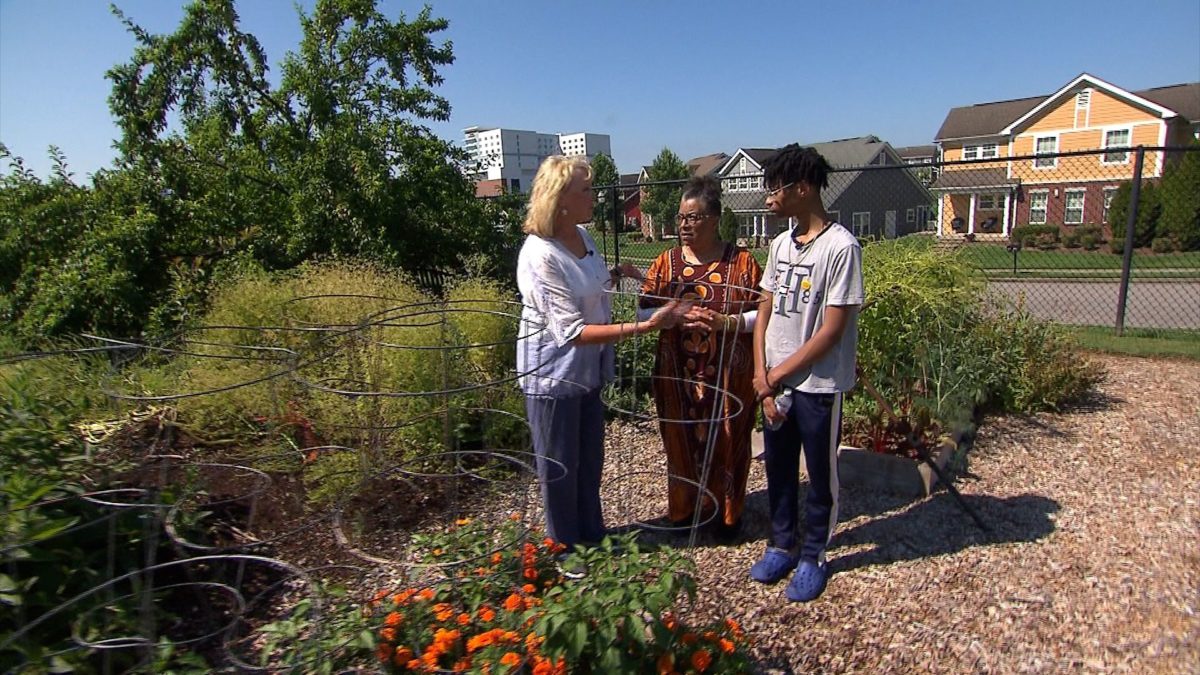ECHINACEA tennesseensis (Tennessee coneflower)
SYMPHYOTRICHUM oblongifolium (aromatic aster)
ASCLEPIAS tuberosa (butterfly weed)
PEDIOMELUM subacaule (Nashville breadroot)
LITHOSPERMUM canescens (Hoary puccoon)
PHLOX bifida ssp. Stellaria (Glade phlox)
VALERIANELLA locusta (common cornsalad)
PACKERA aurea (golden ragwort)
SILENE virginica (Fire pink)
TRILLIUM cuneatum (sweet Betsy)
ARISAEMA triphyllum (Jack-in-the-Pulpit)
AQUILEGIA spp (columbine)
VIBURNUM rufidulum (Southern black haw)
IRIS cristata (Dwarf crested iris)
COLLINSIA verna (Blue Eyed Mary)
TRILLIUM flexipes (drooping trillium)
CAULOPHYLLUM thalictroides (blue cohosh)
Carex (sedge grass)
TRADESCANTIA virginiana (Virginia spiderwort)
The Master Gardeners of Wilson County sponsor an annual Native Plant Sale in May of each year. It typically is held at Cedars of Lebanon State Park at the Assembly Hall. For more information, https://wilsoncountymg.org/















